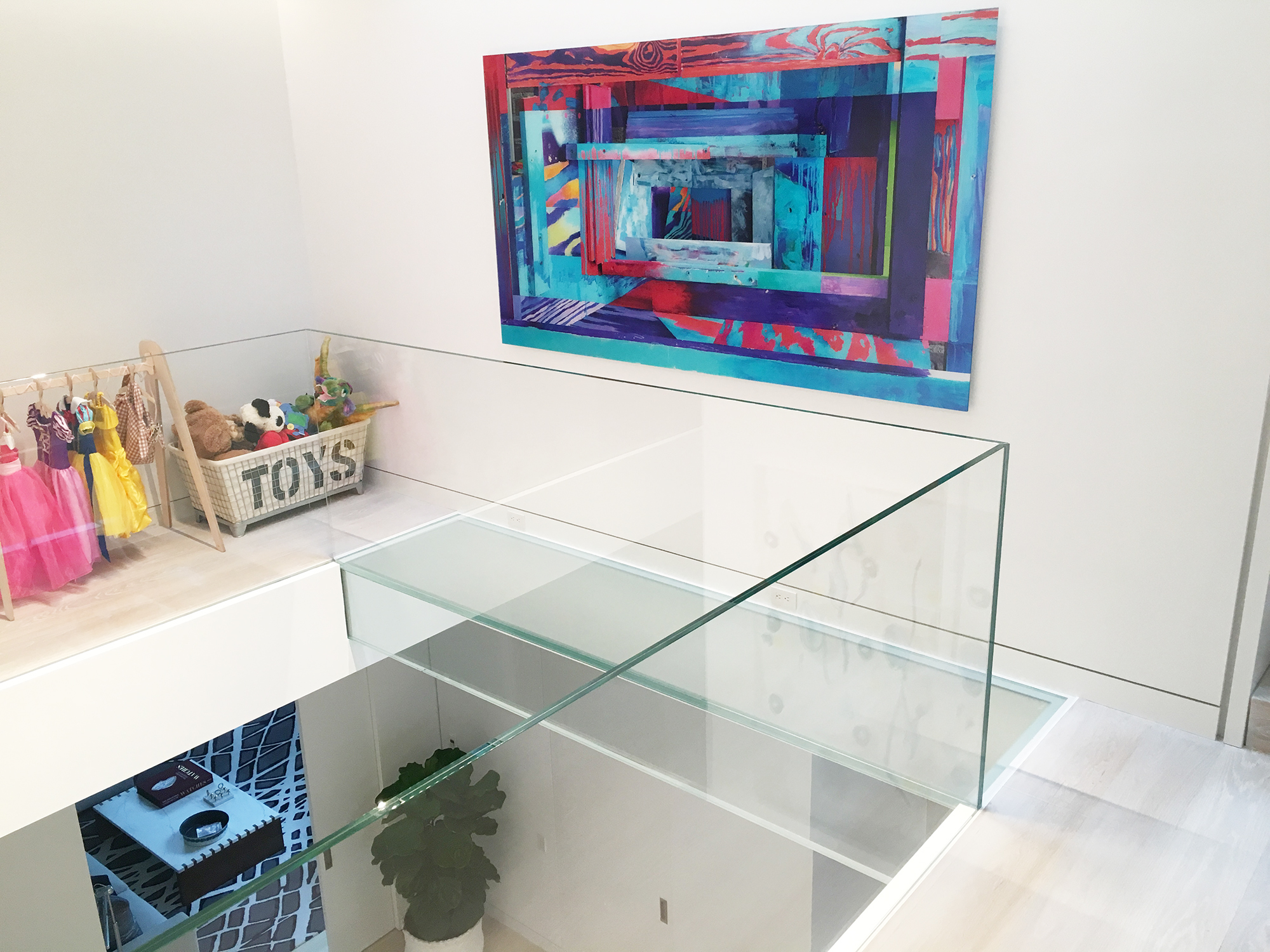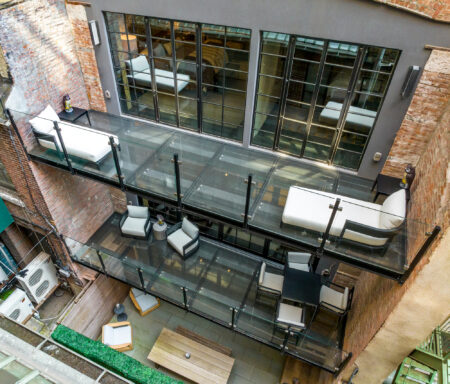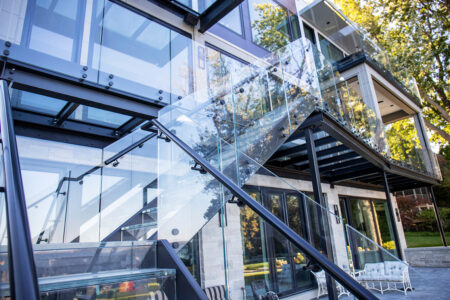
Glass is a defining element in modern architecture, offering transparency, strength, and a sleek aesthetic. From structural glass applications to glass railings and catwalks, contractors must follow precise installation techniques to ensure safety, durability, and visual appeal. Whether working on a glass bridge or integrating flooring solutions, understanding best practices for glass installation is essential for long-term project success.
Understanding Structural Glass and Load Requirements

Structural glass plays a critical role in many architectural projects, from walkable glass floors to load-bearing walls. Contractors must understand weight distribution, load-bearing capacities, and framing systems to ensure safe and secure installations. Glass Flooring Systems (GFS) works directly with engineers to verify load requirements and ensure each system meets the necessary specifications for its unique application.
Unlike sourcing components piecemeal, GFS provides complete, fully engineered glass systems—removing the need to coordinate materials from multiple manufacturers. Every glass floor, bridge, or skylight system is designed and tested as a cohesive unit, ensuring strength, compatibility, and lasting value. This approach not only streamlines installation but also provides unbeatable product reliability and performance on every project.
Best Practices for Glass Railings and Safety Compliance

Glass railings are popular in both residential and commercial settings, providing unobstructed views and modern aesthetics. However, their installation requires strict adherence to safety codes. Proper anchoring is crucial—whether using base shoe systems, standoff pins, or post-supported methods. A flooring contractor should also consider the thickness and type of glass, ensuring it meets building regulations for impact resistance. Additionally, installing handrails or reinforced edges can add another layer of security while maintaining a seamless design.
Sealing and Weatherproofing for Long-Lasting Installations

Proper sealing and weatherproofing techniques are essential for maintaining the durability of any glass installation. At GFS, we believe not all systems are created equal. Testing matters—our systems are ICC and NFRC approved, setting us apart from competitors in the industry. Because every GFS product is extensively tested, we eliminate the risk of air and water infiltration, ensuring long-term performance and minimizing costly repairs.
For exterior applications, our complete systems utilize silicone-based sealants and precision caulking to prevent moisture intrusion and expansion-related stress. Indoor installations benefit from moisture-resistant adhesives and gaskets, allowing necessary movement during temperature fluctuations while maintaining a secure fit.

From structural glass features to glass railings and catwalks, precision and adherence to best practices define successful glass installation. By understanding load requirements, using the right tools, and ensuring proper sealing, contractors can deliver projects that balance beauty, strength, and long-term performance. Whether integrating a glass bridge into a commercial space or installing frameless railings, following expert techniques ensures durability, safety, and architectural excellence.
.png)




